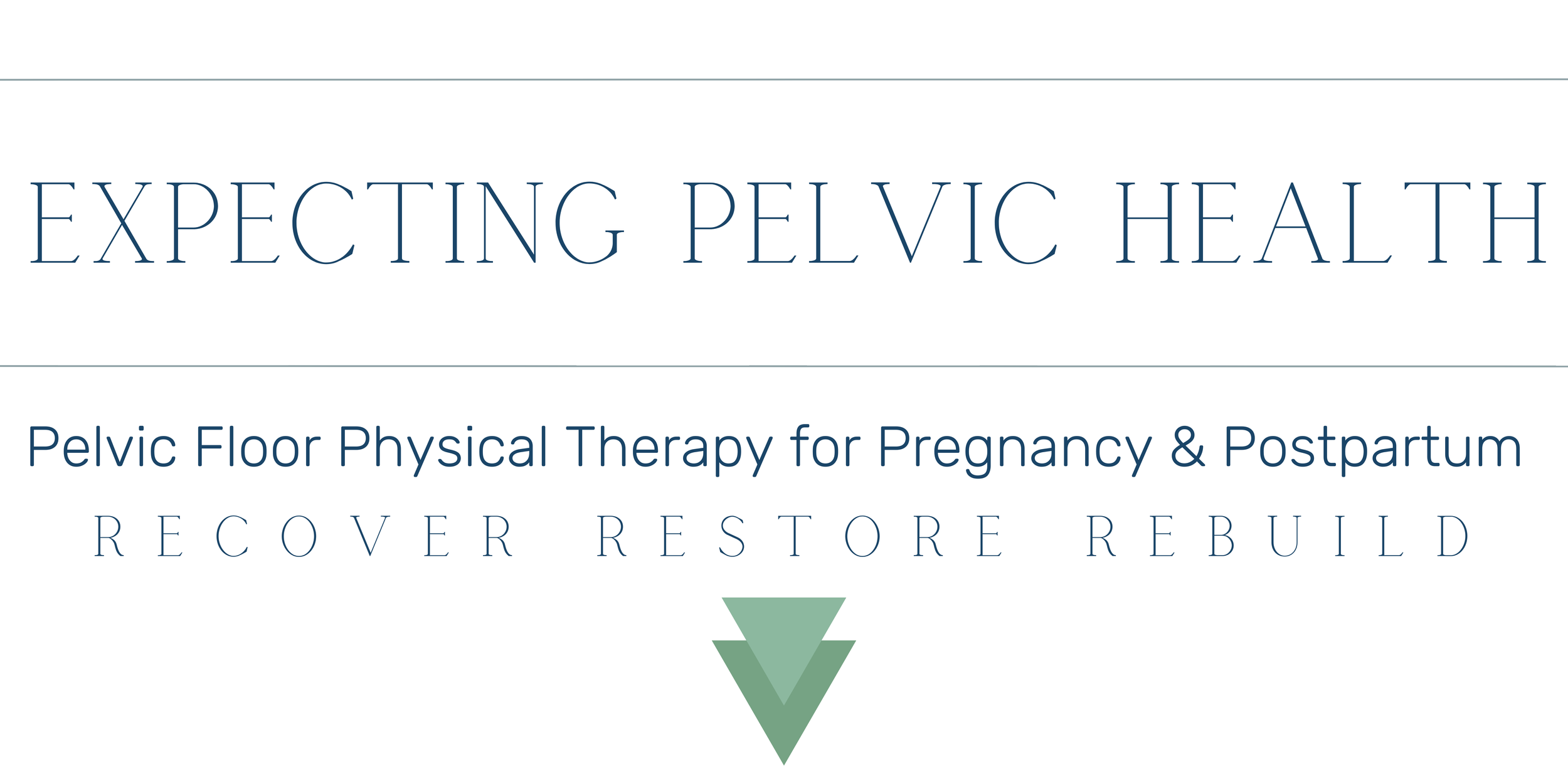A Pelvic Floor PTs View of Menstrual Cups
Menstrual cups are a great alternative to pads and tampons not only for the environment but also your pelvic floor hygiene. Made out of rubber or silicone, menstrual cups are a reusable feminine hygiene product that women are turning to for many reasons.
They are able to hold more blood than other products, so depending on your flow can be worn for up to 12 hours at a time. There are so many brands to pick from which is a personal choice based on the style and size available.
When picking out a cup here are a few things to consider:
SIZE
Menstrual cups generally come in two sizes.
Smaller sizes are generally meant for women who are younger than 30 years old or who haven't delivered vaginally and larger sizes are for women who are older than 30 years old, those who have delivered vaginally or have a heavy flow. After childbirth your vagina and cervix are slightly bigger than pre-pregnancy and thus will need a larger cup to fully cover the cervix and avoid leaking.
LENGTH
Most have a "stem" at the bottom of the cup to assist in removal. These come in different lengths and if you have any sensitivity to touch you may want to consider a shorter stem.
Once you've picked out a cup you think is a good fit based on the features, you'll need to see if it's really a good fit.
Now what I really want you to know about menstrual cups.
Vaginal Pain
First and foremost there should be NO pain when inserting or wearing the cup. If you have difficulty inserting the cup because of pain try taking some deep breathes and relax the pelvic floor as you inhale imagining a flower blossoming or opening. If you continue to have pain, there is a likelihood you have tension in the pelvic floor muscles that needs to be released.
When the pelvic floor muscles are tight they aren't as flexible and when stretched with insertion of a cup may trigger a pain response. A clue to if you’ll have pain with a menstrual cup is if you have pain with sex , gynecological exams or inserting a tampon.
Doing gentle pelvic floor massages can help with this. I recommend seeing a pelvic floor PT to double check this is the case, even if you are unable to see one in person at the moment. We can get a good idea of what may be happening through a detailed verbal evaluation, instructing you on certain testing to do. Once there is no longer pain, you can give the cup a go again!
Pelvic Organ Prolapse
Second, I want you to know about menstrual cups is in regard to pelvic organ prolapse. There has been talk about them causing organ prolapse. At the moment there hasn't been any evidence of this happening, and I don't know of any studies looking at this.
Here are my thoughts and knowledge of this. The concern with cups and prolapse is the suction upon removal. If you pull on the stem to remove it without breaking the seal it pulls on the cervix possibly making it shift downward.
To give you an idea of what a prolapse is, it's when a pelvic organ (bladder, cervix/uterus or bowel) drops into the vagina. This happens when the ligaments that hold the organs in place lengthen to the point they no longer provide structural support to the organs. Symptoms, like pressure, incontinence, difficulty voiding or pooping, and pain are usually present when the pelvic floor muscles are also weak.
Overtime pulling on the cervix with the cup may cause a prolapse, but it would need to be A LOT of resistance to get this to happen. Think about the amount of pressure placed on your pelvic floor during a vaginal delivery (if you had one). SO much more than a cup. Our ligaments are meant to be strong and resist certain amounts of force.
Here's another consideration. When a women has a prolapse, one way to reduce symptoms, like vaginal pressure, I recommend using something that can push the organ back into place. This can be a medical device like a pessary or simply a tampon. There have even been cases of women saying their prolapse symptoms reduced when wearing a menstrual cup. This happens because the cup or other device pushes the organs back into a more stable position.
That said, for those who have a prolapse, menstrual cups should not pose any risk of making your prolapse worse however always break the seal when removing it to avoid any issues with organ position, just in case.
Menstrual cups can be a great alternative to pads and tampons. But they need to be comfortable physically and emotionally. If you have any concern ask for help. There are many pelvic floor PTs who are able to give you guidance.
